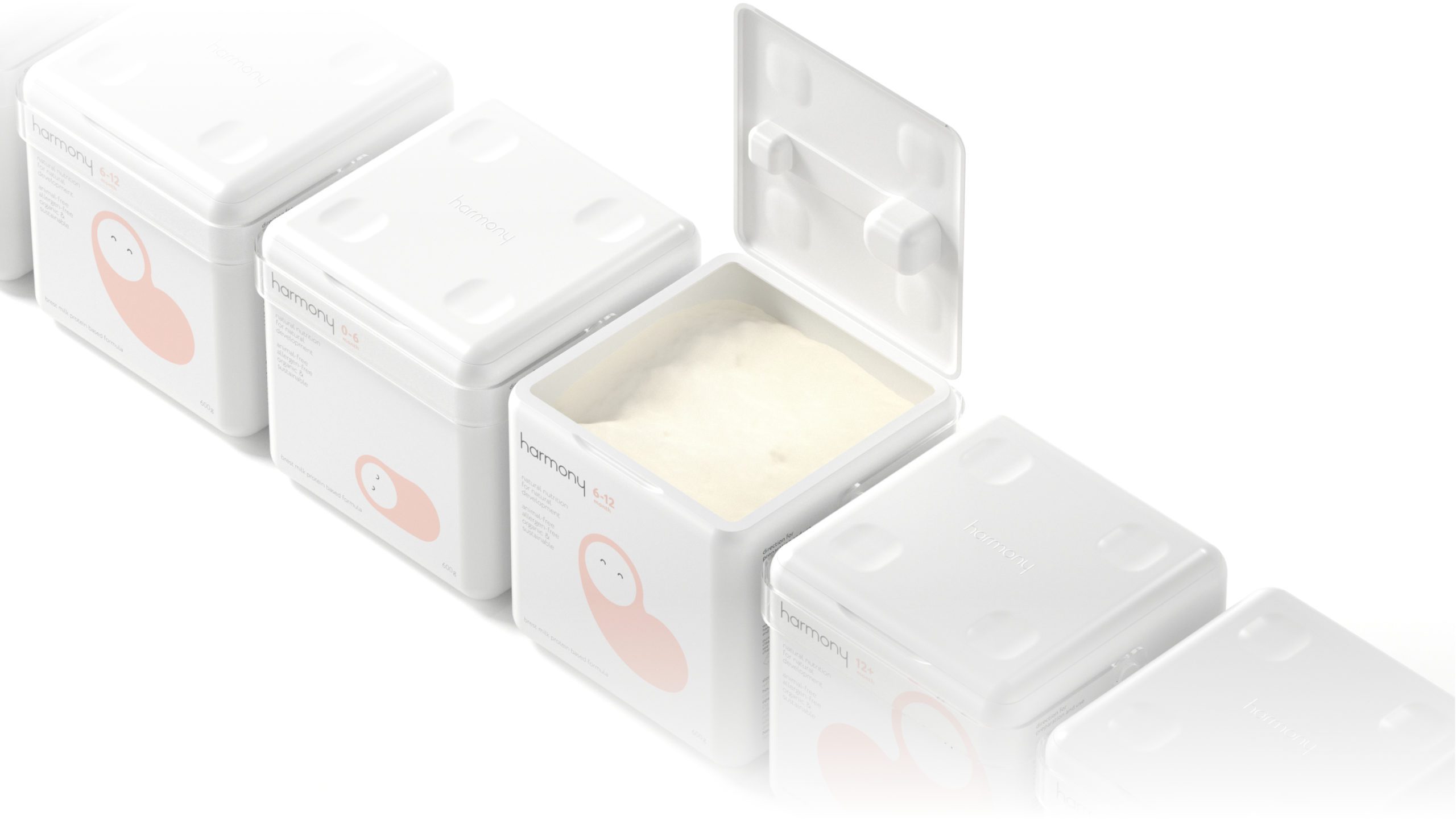
In this post, we give a brief overview of how the options for feeding an infant have changed over time, starting with the wet nurse, which was the first alternative a mother had to breastfeeding, and bringing it to the present, where Harmony is taking the next big step in improving infant formula.
Wet Nurse: The first alternate source of infant nutrition humans used was the wet nurse. A wet nurse is a lactating woman, whose occupation was to feed someone else’s baby using her own breast milk, as well as act as a nanny to the child. This practice was prevalent well into the 1800s.
Condensed Milk: In the decades after the Civil War, unsweetened condensed milk mixed with water and a little sugar or corn syrup became the primary source of nutrition for non-breastfed infants. This became widely accepted as a viable alternative to breastfeeding, and it was common to feed an infant this mixture until the 1970s, when modern formulas gained more public favor.
The First Formulas: In the early 1920s, the first modern infant formulas were sold by the baby food giants who dominate the market today. These formulas no longer depended entirely on cow’s milk and sugar as the only sources of nutrition for babies. Instead, they substituted cow fats for a variety of animal and vegetable fats, used an additive called Dextri-Maltose to adjust the carbohydrates, and added cod fish oil as a source of vitamin D and other nutrients. While this was a huge step toward tailoring cow’s milk-based formulas to the nutritional needs of human infants, these formulas still could not compare to breast milk. Although they were created over 100 years ago, the formulas that these companies sold are virtually the same as the ones we know today. Only minor adjustments and additions have been made along the way as various deficiencies were discovered in formula fed infants.
Specialty Formulas: Along the way, there have been a variety of specialty formulas made to cater to babies’ individual needs and parents’ desires. Extra processed, hydrolyzed formulas for allergic babies came to market in the 1940s, followed by amino acid formulas in the 1990s. As of the 2000s, there have been many organic and plant-based formulas coming to market following parents’ desires for more whole ingredients.
Harmony Baby Nutrition: The development of baby formula has lagged behind the development of science for far too long. Why are we still feeding infants the same formulas as we were 100 years ago? It is time to base infant formula on human nutrition and breast milk components, not cow’s milk. Harmony is using precision fermentation to produce human breast milk components using special microflora. These breast milk components will serve as the basis for our infant formula, taking the next step toward human based nutrition.
Microflora Selection: To begin the process of producing human breast milk components, Harmony’s scientists tested out a variety of microflora to select the very best one. This microflora had to be able to both produce breast milk that exactly matched those found in breast milk while also producing enough volume to be sustainably used as a source.
Microflora Growth: Once we found the ideal microflora to perfectly replicate human breast milk components, it was time to move on to growing more of the microflora. We are in the process of scaling up our production, using large bioreactors to speed up the microflora growth, which will in turn allow us to produce more breast milk components.
Regulatory Approval: Although Harmony’s microflora-grown components are an exact match of those found in human breast milk, they are still considered a new ingredient in the foodscape. As a new ingredient, Harmony is utilizing the help of nutrition experts and regulatory agencies to ensure that our components are perfectly safe to feed to infants.
Clinical Testing: To Harmony, the safety of our breast milk components is not enough. We want to prove the efficacy of our new formula as well, so we are setting up clinical trials; scientific testing to determine that the formula would help babies grow and develop better than other formulas. We want to show that we are making not just another kind of formula, but a better kind.
Ready for Babies: Once the efficacy of our new formula is scientifically proven, Harmony will finally be ready to release it directly to the public, ushering in the next generation of infant nutrition and delivering a feeding alternative that will give parents peace of mind knowing that their child is getting the human nutrition they need.